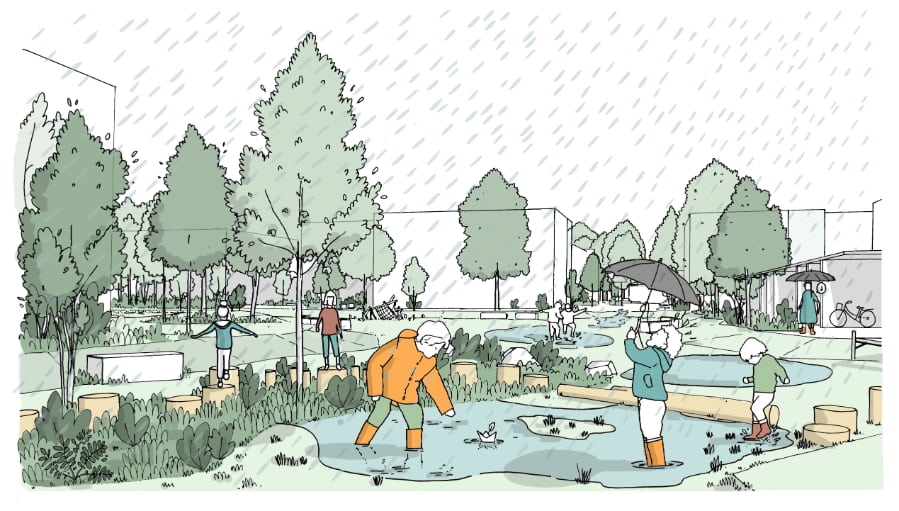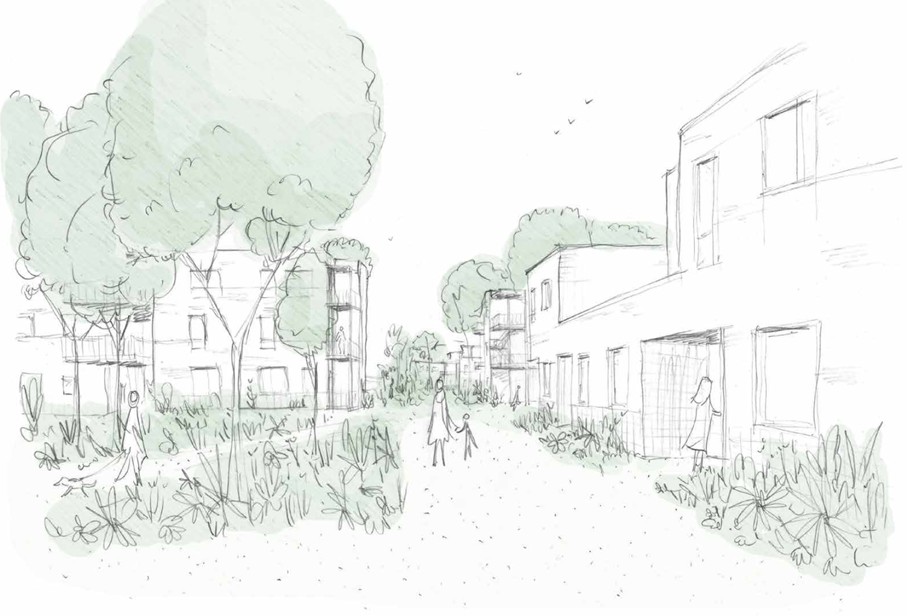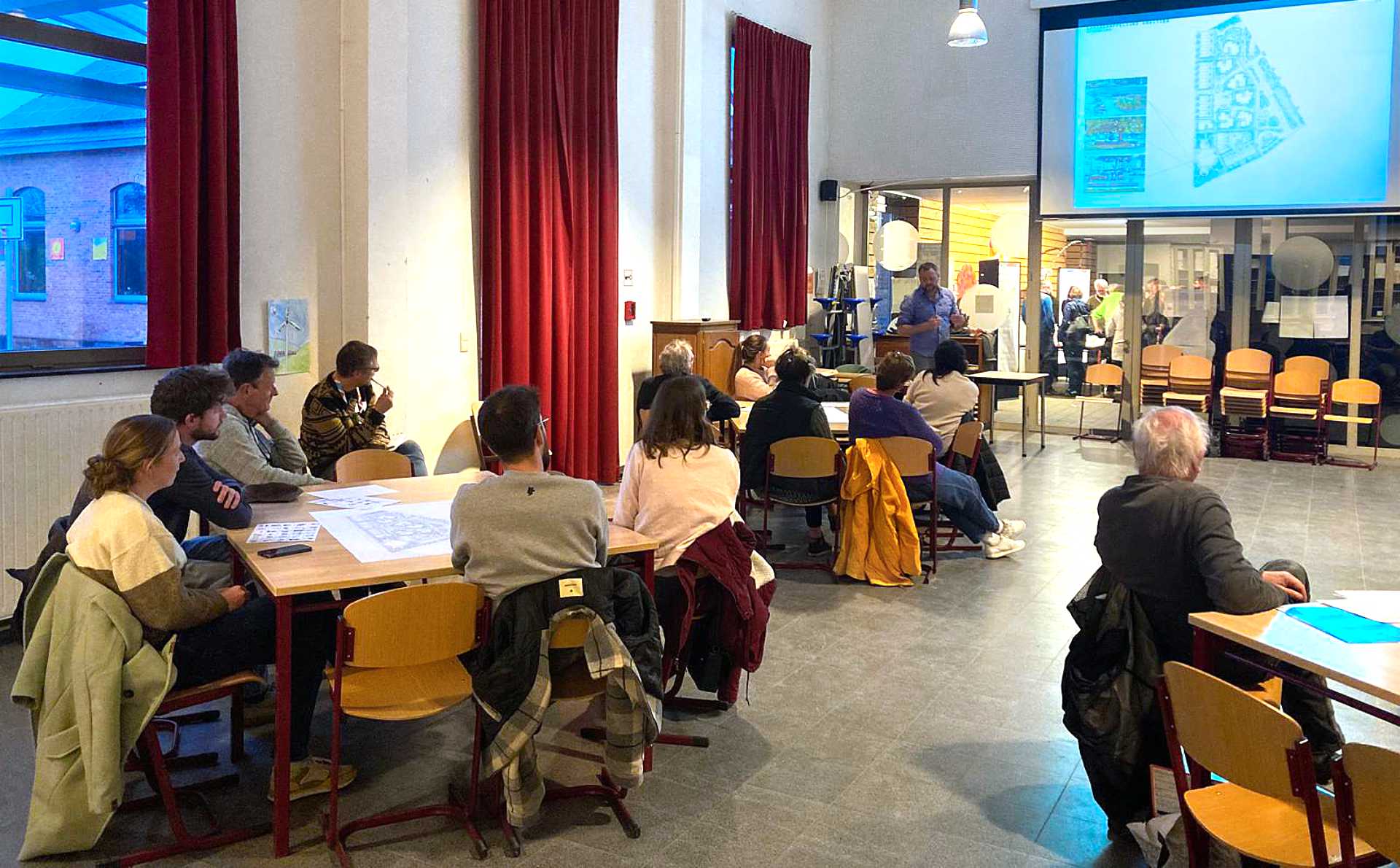Leuven and its surrounding neighbourhoods remain sought-after places to live. That’s why demand for high-quality housing continues to grow – across all age groups. To meet that demand without compromising on quality of life or open space, the city of Leuven is embracing a strategy of compact urban development. A key part of that approach is a new spatial implementation plan (Ruimtelijk Uitvoeringsplan, RUP) for Wijgmaal, which takes the village centre in its entirety into account.
Compact urban development doesn’t mean high-rise buildings or endless concrete. It’s about building smarter and more compact than the traditional suburban layout – freeing up space for nature, recreation and connection in the process.
Since 2020, the city of Leuven has been working on an ambitious plan for the entire village of Wijgmaal. Looking at urban development from such a broad lens is relatively rare in Flanders, where such plans usually focus on much smaller areas. By taking the village as a whole into scope, housing, mobility, water, green space and local amenities can all be aligned.

This opens possibilities to housing projects that are about more than just homes. Think new cycle paths, public squares and green corridors – steps that bring the vision of a ‘ten-minute city’ within reach, even in smaller village settings like Wijgmaal.
A Green and Connected Neighbourhood
One of the first areas to be redeveloped lies between Wakkerzeelsebaan, Baron Descampslaan and Kroonstraat. South of the railway, the city and its autonomous urban development agency AGSL are working with housing provider Dijledal – a partner of Leuven 2030 – on a mixed project including both social and affordable housing.
The design is compact and careful: homes arranged around green space, meeting spots and safe routes for walkers and cyclists. A few taller buildings are planned on carefully chosen locations, allowing for more open space elsewhere. At the intersection of Baron Descampslaan and Wakkerzeelsebaan, a new community centre will welcome all residents of Wijgmaal.
.jpg)
The neighbourhood will be largely car-free. Vehicles will be parked underground, making way above ground for trees, play areas and walking and cycling routes. Existing streets will also be greened where possible, with added room for trees and plants.
North of the railway, building is not currently allowed – the land is zoned for agriculture and day recreation. But with the new plan, the city aims to make space for new homes, community infrastructure and a park. A school or urban farm are some of the possibilities now being explored.
A Vision Shaped Through Dialogue
The plans for Wijgmaal are not set in stone. Development will happen step by step, with room for local input along the way. At a recent info evening on the Wakkerzeelsebaan project, local residents were introduced to the first design ideas. A hands-on workshop invited participants to help shape the public park, and a suggestion box collected ideas for activities in the future community centre. The response was positive – especially because the design clearly starts from the landscape, not the other way around.
Construction Starts in 2027
Building is expected to begin in 2027 at the earliest, but the vision behind it is already taking shape. This is not a conventional development project, but a future-proof neighbourhood: climate-resilient, socially inclusive, accessible and well-connected. By grouping homes smartly and preserving open space, a new balance can be reached. The compact development of Wijgmaal shows that building can also create space – for greenery, for connection, and for breathing.

In partnership with

Related breakthrough projects













